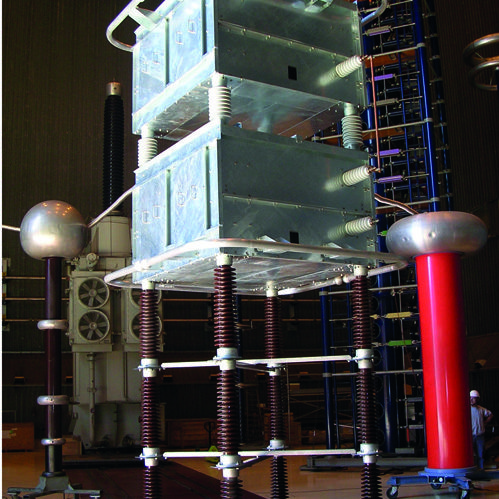- EMAIL: SALES@CRESSALL.COM
- • TEL: +44 (0) 116 273 3633
PRE-INSERTION RESISTORS
Energising a transformer can create a magnetising inrush current, this inrush current may in turn result in a voltage dip – for many applications this may not be a problem – however when transformers are used in distribution situations such as part of generating plants or in renewable power installations this voltage dip may be problematic as a disturbance in one part of the network may cause problems for users elsewhere.
UK standards Engineering Recommendation (ER) P28 was produced to consider the impact (among other things) of these voltage changes, for installations with infrequent operations (greater than once every 10 minutes) it recommends a voltage dip of less than 3%.
Controlling the inrush current and subsequently the voltage dip can be done by either PoW (point on wave) switching or by using a Pre-insertion Resistor (PIR).
With PoW switching, to minimise the inrush current, the transformer must be energised at the exact moment the voltage waveform crosses the axis, this requires a control system and associated breaker that must be timed to operate exactly with the voltage waveform.
A PIR is a far simpler device which requires a far less precise control system offering long term reliable system operation in all environments.

Resistors are designed based on the system voltage and the energy of the switching transient.
Cressall have supplied resistors for pre-insertion applications including on shore and off shore wind farms, high voltage DC (HVDC-VSC) installations and industrial generation sites, we can supply resistors for any voltage and energy rating and as fully enclosed units or open resistors for installation in customers’ equipment.
